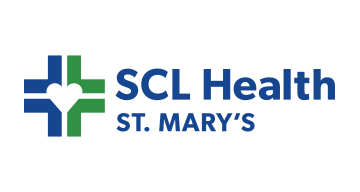
A 33-chair facility serving the entire metro area, Texas Oncology-Presbyterian Cancer Center Dallas faced a multi-day, unexpected closure due as an ice storm shut down the state for nearly a whole week. These unforeseen circumstances left that week’s worth of vulnerable patients, many needing time-sensitive treatments, needing to be rescheduled as quickly as possible. The infusion center had to rapidly plan to accommodate this surge as soon as the facility opened again.
To take on the additional patient load without overstraining resources, Texas Oncology-Presbyterian Cancer Center Dallas needed to maintain appointment schedules that were level-loaded, to make the best use of available chairs and nurses, and flexible, to accommodate add-ons at a range of times. The infusion center deployed LeanTaaS’ AI-based iQueue for Infusion Centers’ predictive and prescriptive analytics to preserve adaptable, level schedules and incorporate the patients’ appointments in the coming days. iQueue provided adaptive templates that synced appointment loads with available nurses, and future-looking visibility that allowed infusion center team members to adjust appointment times to make room for likely add-ons.
In this presentation, Texas Oncology-Presbyterian Cancer Center Dallas leaders discuss how their center used iQueue to level-load days and efficiently and safely reschedule patients after the closure, absorbing a 25% volume increase compared to the week prior and maintaining appropriate nurse-patient ratios.
Viewers of this webinar will be able to:








Take the first step towards unlocking capacity, generating ROI, and increasing patient access.